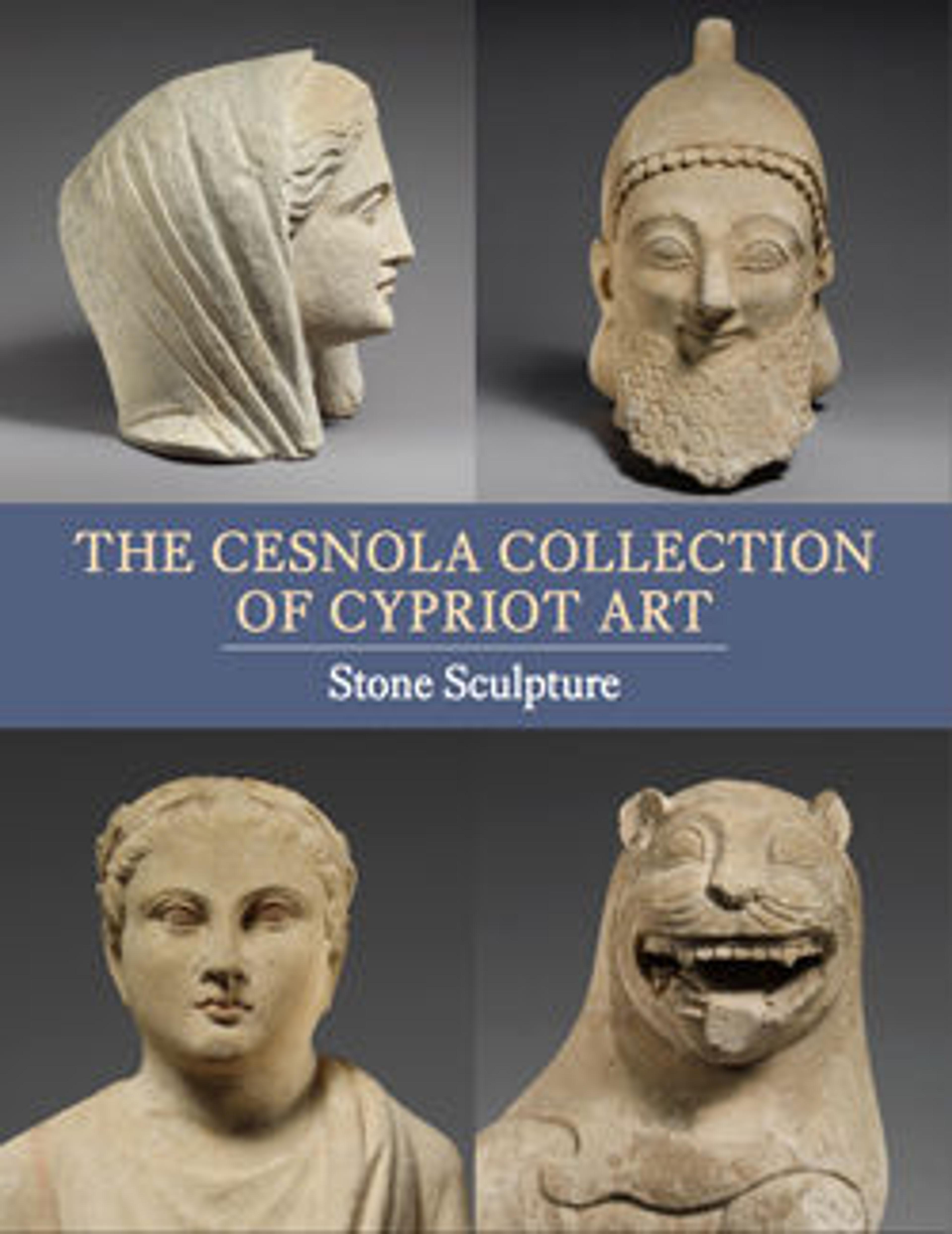Marble anthropoid sarcophagus
The lid of the sarcophagus shows an unarticulated, downward tapering body and the head of a woman framed by flowing hair; traces of red paint are still preserved in the hair. At the foot end of the box and on the lid appears the Phoenician letter "shin." According to recent investigations, the anthropoid sarcophagi of marble were quarried on the Greek island of Paros. They were prepared up to a certain point and finished at their destinations. The inscribed letters here strongly suggest that the sculptor was Phoenician, which would be entirely plausible at Amathus and Kition, two centers of Phoenician occupation on Cyprus. Such fine, expensive coffins inspired local copies in limestone and terracotta.
Artwork Details
- Title:Marble anthropoid sarcophagus
- Period:Classical
- Date:last quarter of the 5th century BCE
- Culture:Graeco-Phoenician
- Medium:Parian marble
- Dimensions:87 3/4 × 35 × 26 in., 2779 lb. (222.9 × 88.9 × 66 cm, 1260.5 kg)
- Classification:Stone Sculpture
- Credit Line:The Cesnola Collection, Purchased by subscription, 1874–76
- Object Number:74.51.2452
- Curatorial Department: Greek and Roman Art
More Artwork
Research Resources
The Met provides unparalleled resources for research and welcomes an international community of students and scholars. The Met's Open Access API is where creators and researchers can connect to the The Met collection. Open Access data and public domain images are available for unrestricted commercial and noncommercial use without permission or fee.
To request images under copyright and other restrictions, please use this Image Request form.
Feedback
We continue to research and examine historical and cultural context for objects in The Met collection. If you have comments or questions about this object record, please contact us using the form below. The Museum looks forward to receiving your comments.
